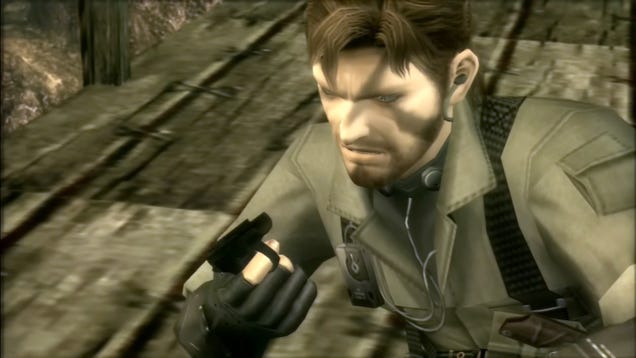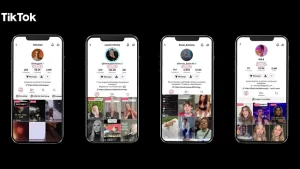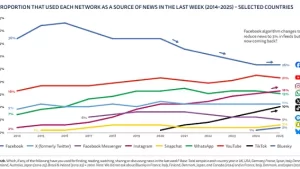
Playing Metal Gear Solid 3 Without Pressure-Sensitive Buttons Is Giving Me Literal Phantom Pains
In the east coast heat of the summer of 2013, I stood outside of a particular McDonald’s in Forest Hills, NY, in a dazed state of shock. I had just come out to some friends—I actually said it out loud, but all that had to wait because at the same time, I had also just learned that the PS4’s upcoming DualShock 4 controller would come with digital face buttons, not pressure-sensitive analog ones like Sony controllers did for two console generations prior. I looked up at my friends, who were ready to support me through that other thing I just told them. But I started shaking my head and said, “How am I going to play Metal Gear without analog buttons?”
Suggested ReadingNintendo Switch 2 Price Is Set at $450 for Now, But Could Go Higher
Suggested ReadingIt’s a true story: The DualShock 4 did not ship with analog buttons for X, square, circle, triangle, L1, R1, or on the D-pad. And, sure, I knew then that the upcoming MGSV would be fine, since, like MGS4 before it, the series would surrender to third-person-shooter L2 = Aim, R2 = Shoot supremacy. Thanks, Gears of War. The Xbox 360 also surrendered the analog buttons that appeared on its predecessor (the OG Xbox used the feature even less than PS2). So, with the PS4 forgoing the tech, it was clearly dead.
The feeling of what it was like to aim or lean and peek in MGS2 or MGS3 via pressure sensitivity features on the PS2 controller was an essential part of the Metal Gear experience for me. And now that I’m replaying MGS3 via the recently released Master Collection, it’s kind of stunning how much my brain desires this level of analog input. It’s almost painful, despite it not being there
Analog control has been around in video games for a long time, from joysticks on old arcade cabinets to modern motion sensitivity on Joy-Con and DualSense controllers. One of the first appearances of the tech was on the original PlayStation via Namco’s NeGcon, which allowed for analog steering in games like WipEout, but it also featured a pair of “I” and “II” buttons, which stood a bit taller and allowed for pressure sensitivity. This feature would ship as a standard part of the PS2’s DualShock 2 controller. Games indicated support for the feature by way of a “Pressure Sensitive” badge on the back of the box. Manuals would refer to the functionality by telling you to “press firmly” for certain functions.
Pressure sensitivity wasn’t used terribly often in PS2 games. Standouts include GTA and Gran Turismo for driving at different speeds, SOCOM II, which saw your character crouch with a light tap of a button, and go prone with a firm press. But two games that embraced it the most, I’d argue (aside from that one rhythm game that requires it), were MGS2 and MGS3.
In these MGS games, you’d hold square to aim your gun. Release quickly, and you’d fire. Gently back off the button, and you’d lower your weapon. This wasn’t mere novelty. It was an important part of holding up guards and not shooting them if you didn’t want to.
That’s true to the vision, I’d argue, that Kojima had for these games as well. Aiming a weapon was a deliberate action with a chance of failure tied to a kinesthetic function of your hands and fingers that was prone to error, slip-ups—risk. It made the guns feel more present. More dangerous.
Leaning and peeking around corners was also influenced by pressure sensitivity on the shoulder buttons. Squeeze gently, and you’d ever so slightly peek around a corner or above something you were crouching behind. Push it all the way down, and you’d lean out far enough to aim your gun—and should you decide firing off a shot wasn’t worth the risk, you could use the pressure sensitivity to lower the weapon and get back into cover.
These were qualifiers at the end of a command you’d issue in the OG the games, not an additional command as it is in rereleases, where lowering your weapon requires a second, different button press, and having a range of motion in leaning and peeking just seems to be gone, as far as I can tell.
Let me be clear, too, as the lady with a bunch of analog synths and a healthy distrust of digital guitar amplifiers (though I use them all the time). I don’t think the pressure-sensitive buttons were valuable just because of that cultural signifier of quality and “realness” that analog freaks like myself typically get wrapped in. Pressure sensitivity also wasn’t precise on the PS2 and PS3. It was not about precision or the quality of analog, it was about a different kinesthetic operating in a game; that the PS2 and PS3 could capture and make use of a different range of motion and thought process than just pressing an on/off button. How you pressed that button mattered, and devs like Hideo Kojima saw that as an opportunity to diversify the sandbox of his games.
True, modern triggers on contemporary gamepads, the touchpad on the DualSense, and motion controls can all translate a range of motion in a game. Triggers, in fact, offer a kind of pressure sensitivity, but their position on the controller occupies a different kinesthetic force: pulling, instead of pushing.
And that inability to use that force of pressure makes replays of MGS3 and MGS2 register as a fundamentally different experience to me. My brain continues to expect a level of interactivity that doesn’t exist anymore. It’s like being asked to play a racing game without analog sticks. Pressure sensitivity may never have been very accurate, and probably prone to malfunction over time, but it represents a very real loss in how classic games felt, how they manifested in the real world, what they demanded of our bodies. It was subtle, perhaps even invisible to many. Pressure sensitivity may have vanished from our controllers now for over a decade, but its absence is one of the loudest for me.
.











